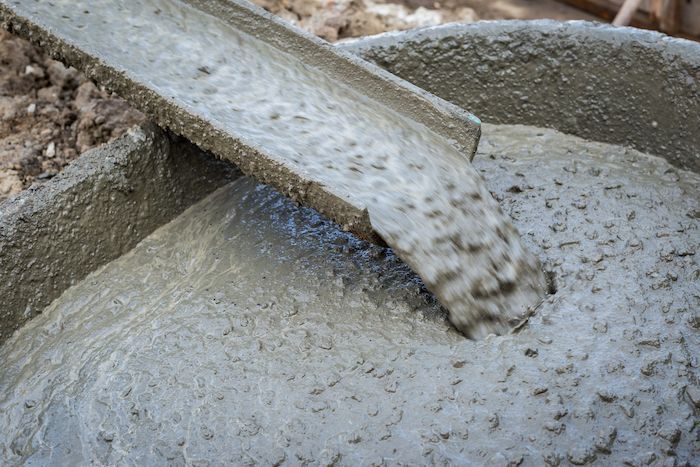Concrete Mixes Vary
The Art of Concrete

The Art of Concrete: How Mixes Vary Depending on Your Project
Concrete is a versatile and widely used material in construction, with different projects requiring specific concrete mixes. Understanding how the concrete mix changes depending on the project is crucial to achieving desired results. In this article, we will explore the factors that influence concrete mix designs and delve into how they vary based on the project's requirements.
- Consider the Project's Purpose and Load-Bearing Requirements: The first step in determining the concrete mix for your project is understanding its purpose and load-bearing requirements. Different projects, such as residential foundations, highways, or high-rise buildings, have varying structural demands. For heavy-duty applications, high-strength concrete with a higher cement content and lower water-to-cement ratio might be necessary. On the other hand, projects like decorative concrete may prioritize aesthetics over strength, requiring a mix with additives like pigments or aggregates.
- Assess Environmental Factors: Environmental conditions also play a significant role in determining the concrete mix. Factors such as temperature, humidity, and exposure to chemicals or freeze-thaw cycles can affect the strength and durability of the concrete. In extreme climates, special mixes with additives like air-entraining agents or fly ash may be necessary to enhance freeze-thaw resistance. Similarly, in marine environments, where concrete is exposed to saltwater, corrosion-resistant mixes with higher cementitious materials might be required.
- Tailor the Mix Design to Suit Placement Method: Different placement methods require specific concrete mixes to ensure proper flow, workability, and consolidation. For instance, projects that involve pumping concrete over long distances may require a mix with a higher slump to maintain fluidity. On the other hand, projects that involve vertical or overhead applications may benefit from self-consolidating concrete to minimize the need for vibration. The mix design must be adjusted accordingly to achieve the desired results based on the project's specific placement method.
- Fine-Tune the Mix for Durability and Longevity: Durability and longevity are critical considerations when choosing a concrete mix. Projects that face aggressive exposure to chemicals, heavy traffic, or extreme weather conditions may require special mixes with additives like silica fume or polymer fibers to enhance strength and resistance. Additionally, proper curing techniques, such as the use of curing compounds or moisture retention methods, should be implemented to ensure the concrete's long-term performance.
- Collaborate with Experienced Concrete Professionals:Designing the perfect concrete mix for your project can be complex. It's crucial to collaborate with experienced concrete professionals, such as engineers or contractors, who have in-depth knowledge of mix designs and local building codes. They can guide you in selecting the appropriate mix components, proportions, and testing methods to ensure your project's success.
Conclusion:
The concrete mix for a project varies depending on its purpose, load-bearing requirements, environmental factors, placement method, and desired durability. By understanding these considerations and working with experienced professionals, you can tailor the concrete mix to meet the specific needs of your project, ensuring optimal performance and longevity.
1441 Crow Haven Lane
Huntingtown, MD 20639
AREA OF SERVICE
Concrete Services in MD
Southern Maryland
Dunkirk MD
Charles County
St. Mary's County
Prince George's County
Anne Arundel County
